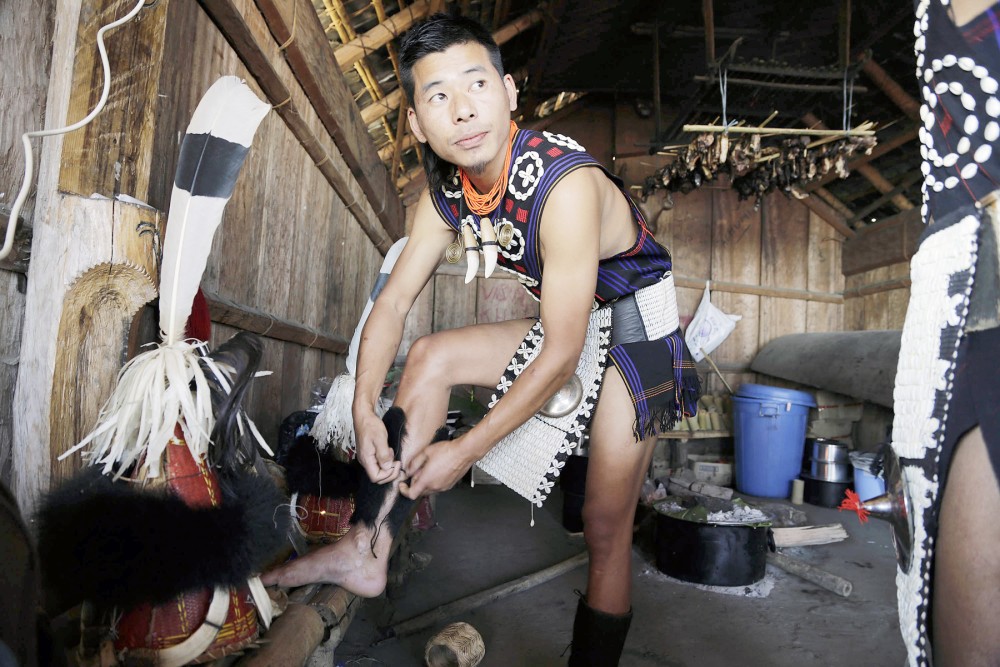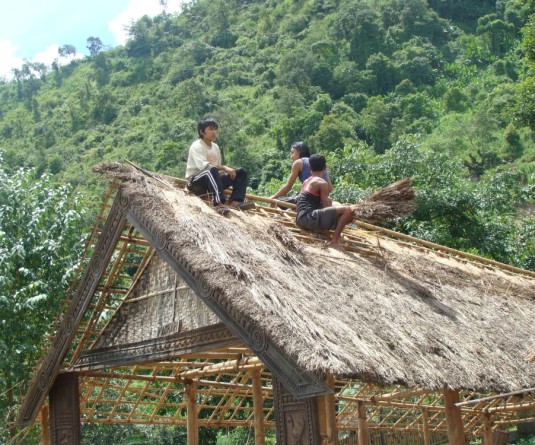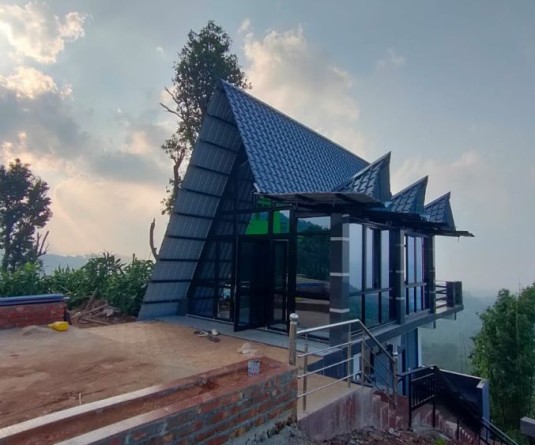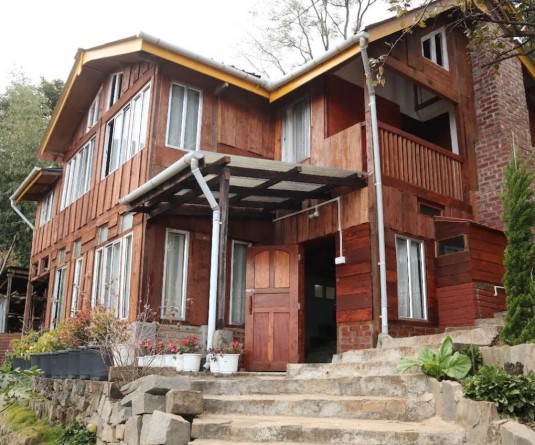For young Naga people, modernity is more than keeping tradition behind—it is also looking out for creating new systems and working with them, though faced with challenges of corruption and impunity. (AP Photo)

Fifty years since Statehood, Nagas continue to be challenged by the question of modernity
Vibi Yhokha
Kohima | January 29
Modernity, in the words of Dipankar Gupta in Mistaken Modernity, is described as “an attitude which represents universalistic norms, where the dignity of an individual is inviolable and where one’s achievement counts for more than family background and connection.” But modernity, for Gupta, is also about being accountable in public life and being able to trust the institution and not the individual.
Al Ngullie, senior journalist and columnist, feels that modernity in Nagaland came as a quirk and not as a natural progression which today only completes the means but not the purpose. “Our society is modern, we are not,” reflects Ngullie. He further states that fifty years of statehood is also about fifty years of Nagaland being in a state of conflict and decline where the focus has been on the quarrel with our neighbor that caused Nagas to neglect their kitchen. “When we returned, the kitchen was beyond rebuilding. We simply gave in to the vagaries of conflict and convenience. We can see the influence of history on our mental personalities,” adds Ngullie.
Heroka Yeptho is of the view that Nagas have their own conceptualized sense of modernity within traditions. “We have our own ways of reasoning. In that way, we also make sense and meanings of our lives.”
Ngullie feels that there have been some remarkable changes in Nagaland such as the streamlined educational system, the impact of social accountability on policy (the church’s influence on prohibition and the flesh trade during the ‘80s), the beginning of groundbreaking developmental concepts such as ‘communitization’ and emphasis on community assets, reintroducing the concept of a career-based education in Nagaland in the late early ‘90s, the growing sports and performing arts sectors. However, he adds that such changes are scarce and basically convenient.
This story begins to explore the question of modernity in Nagaland from several perspectives. “What do we see five decades after Nagaland was created?” questions noted Naga intellectual Kekhrie Yhome, with a possibility he projects that Nagas are “confusing modernity with social modernization, which is marked by rapid growth in money circulations and emerging elites with wannabe values based on material occult and mimesis. What modernity are we talking about when shamelessness has become the new idiom of cultural reason and opportunism is accepted as a new social order?”
Jurisprudence and its application
“From the theoretical point of view, the law gives equality to each individual. But the question is whether it has been applied practically in the Naga society?” doubts Yeptho, a PhD candidate of Jawaharlal Nehru University (JNU), Delhi.
Nagaland’s unstable justice system is responsible for major setbacks during its fifty years as a State. “The root cause of all administrative unrest in Nagaland is its weak judiciary administration and police machinery. How can law bring order when it remains an anomaly within itself?” asks Ngullie, not surprised that people had rather approach the “underground” rather than the government or the police.
This lack of proactive judicial activism and a nonexistent police administration in Nagaland is, asserts Ngullie, encouraging the growth of another even more malignant disease – widespread governmental corruption and impunity. These contribute to the cycle of violence that permeates Naga society at all levels, as well as increased criminal activities.
Accountability in public life
“The accountability of a person or an organization is hardly there and the voice of the poor section or for a particular cause is not seen much in today’s time. Money in changing hands and power and the value of a rupee is no longer there in the mind of old and young,” says Selokieü, a working mother. In order to truly call ourselves modern, she further adds, Nagas need to prosper in other fields instead of fashion and corruption.
“The political class created a culture of dependency and sycophancy,” says Yhome who feels that individual and communal self-realisation does not prosper in such environment. He asserts that our fifty year political history has failed to nurture values that seek to mediate harmony and a shared social responsibility for the future. Have we reached the stage where we are dedicated to human dignity and respecting of individual worth? Are all Nagas able to afford basic needs like three square meals a day? “When our pay rises, the same level in commodities, groceries rise up too,” offers Selokieü.
What is modernity then?
Modernity, according to Yhome, is “cultural” and seeks to “imagine, interpret or even transform the movement of care and creative thinking.”
Selokieü feels that in order to consider itself modern, a State has to develop its economy, infrastructure, society and culture, adds, “We have celebrated the state day with great fireworks and drinks and food, but not with the development of science, technology, medicine, language, literature, and so on.”
Modernity remains fiercely debated through the world and, in some ways, it is what it is. For the Nagas, this essence of being is governed by nostalgia of conflict with the hope towards creating new systems. As diverse voices here have stated, modernity can be kept at par with when respect for human dignity, individual worth and knowledge of systems (albeit foreign) gain currency—where the individual mind is in tandem with the collective system, with each, essentially, shaping the other in creative and respectful ways.






